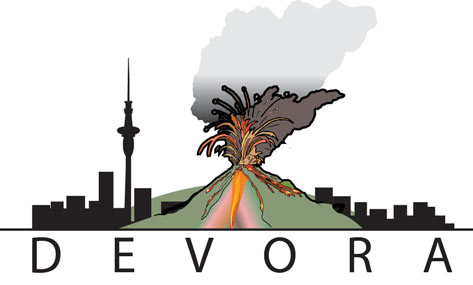Volcanic ash fall (tephra) can damage or even destroy buildings and infrastructure and threaten health and well-being, along with having a massive impact on both the local and national economy.
Both regional and national response bodies need to be prepared for ash falls, with a co-ordinated clean-up operation plan in place – particularly for the urban environment.
In this research, experts present a method for modelling coordinated municipal-led tephra clean-up operations to support preparation, response and recovery.
The model estimates the volume of tephra to be removed, the length of the clean-up, and the cost.
The main element is a scalable framework that identifies and progressively includes more urban surfaces – such as roofs and roads – that need to be cleared of tephra deposits of increasing thickness.
In this case, four tephra clean-up scenarios are explored for New Zealand’s most populous city, Auckland.
Clean-up costs range from tens of millions to hundreds of millions of dollars, with operations lasting for weeks to months. However, major clean-up operations can take years.
The modelling method can be adapted for any city exposed to a tephra hazard.


